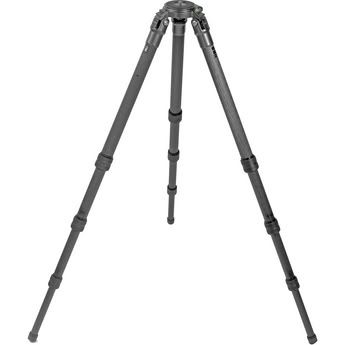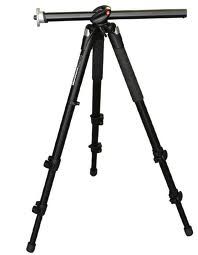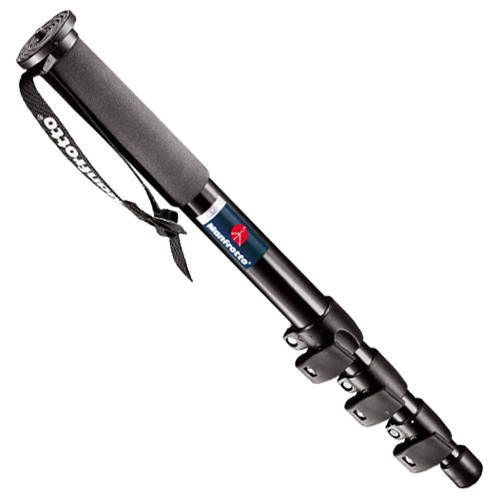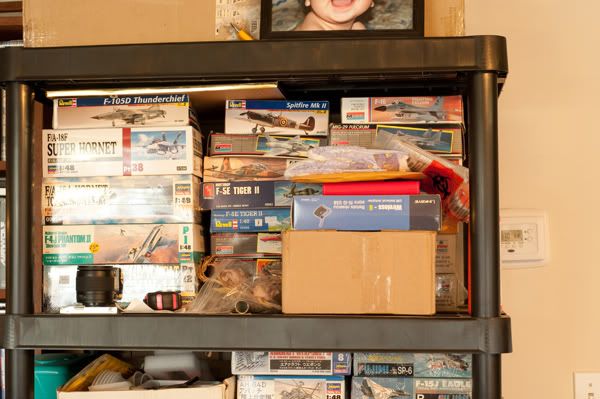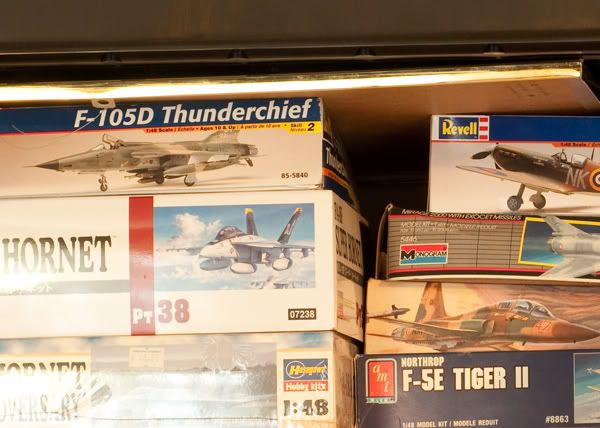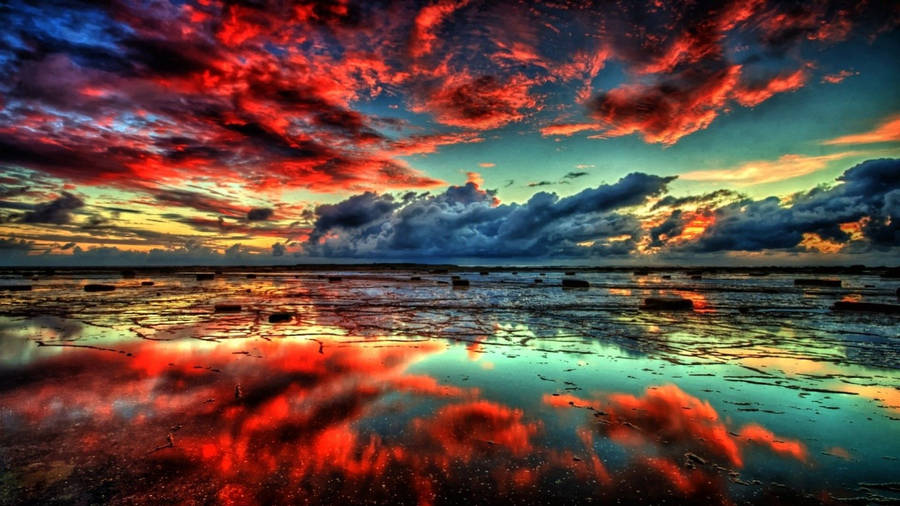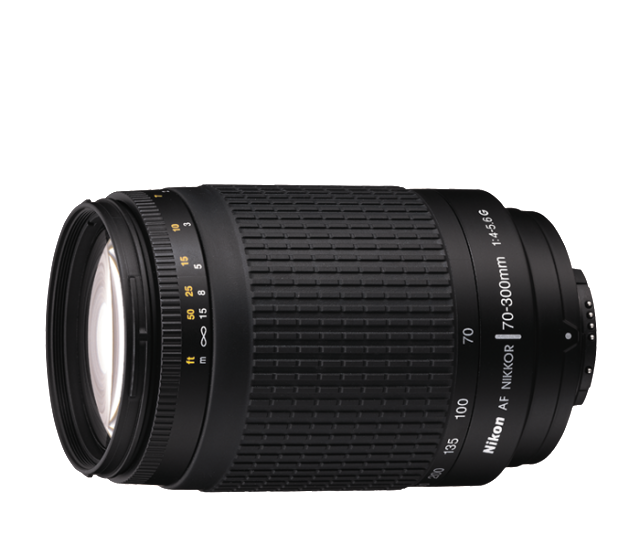
This lens is one of Nikon’s cheaper telephoto zoom lenses. There is NO VR (vibration reduction), no Extra Dispersion (ED) glass. This lens is a cheap as you can go in the Nikon line for telephoto zoom lenses. In fact at the beginning of my photo career, this lens drew me in because it was one of the cheaper lenses available. I didn’t have a spare $599.99 (Nikon’s VR 70-300mm price at the time). But as time progressed, I started to see the limitations of this lens. I’m not a gearhead and I’m not going to go into the stuff that gearheads like to talk about like glass, aspherical lens elements and other geek-stuff. What you get is a plain-talk, no-bull assessment from a photographer’s standpoint.
The construction of the lens is made up of 13 elements of glass, none of which is ED which would reduce chromatic aberration which is the bane of photographers everywhere. This lens is as cheap as they come and understandably, you can see it in the construction. The mount is plastic and prone to breakage. Here's a comparison photo of the similarly priced AF 50mm f/1.8 D You can see the difference in construction.

Though it is sharp at the close end of the lens, it gets softer and softer in terms of focus as you move out to the 300mm mark. This test was as ideal as you can get. Lens and camera mounted on tripod, stationary subject, no secondary factors, shot indoors. This may be ideal if you’re shooting portraiture on the long end at 300mm, however it’s not so good when you’re talking landscapes where you have all sorts of other factors affecting the shot.
Full size image at 70mm
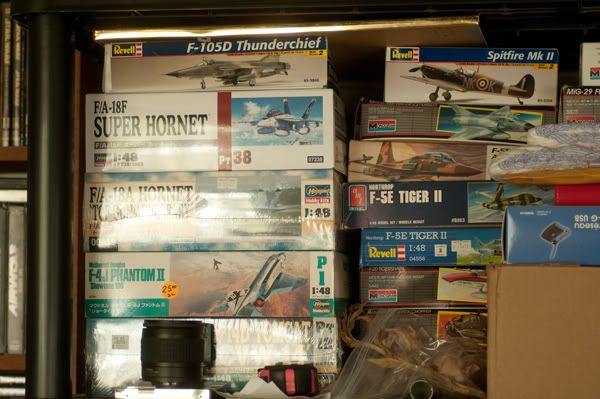
70mm crop at 100%
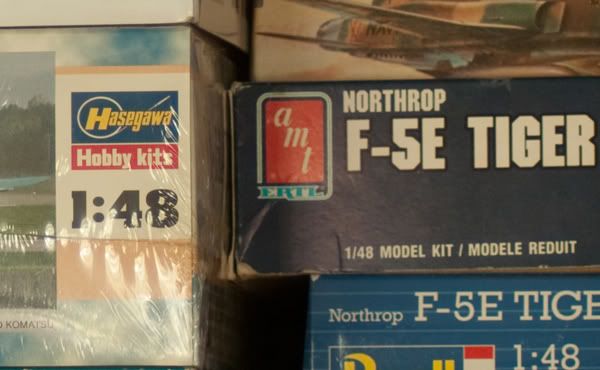
Full size image at 135mm

135mm crop at 100%

Full size image at 300mm
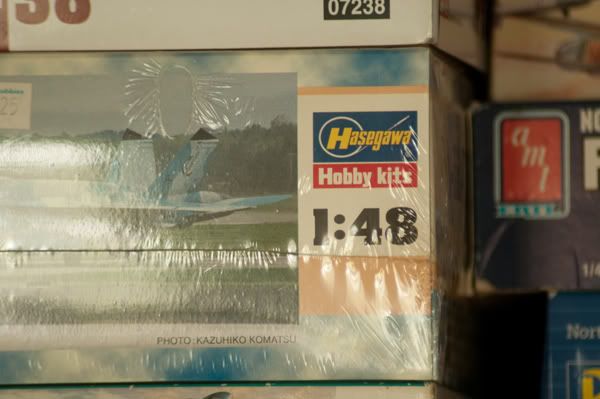
300mm crop at 100%
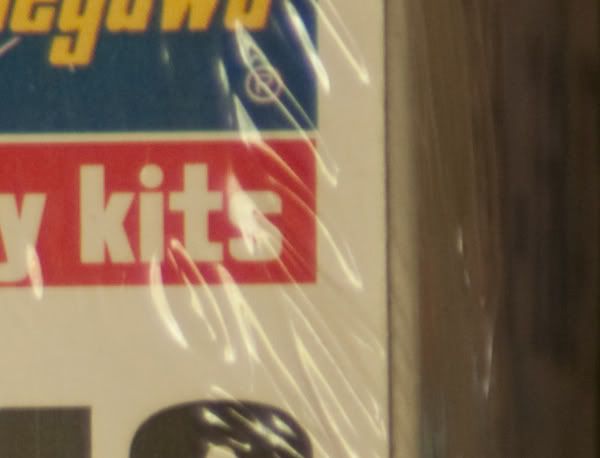
As you can see when you hit 300mm you can see chromatic aberration in the lens. I see purple fringing around areas in the image where there is a sharp line demarcating the change in the image from one object to another. Steadying the camera with the tripod has reduced it some, but that has not eliminated it entirely.

This is a test shot shooting a distant apartment building from out the window of my house. This is a stabilized shot from a Manfrotto 190XB tripod.
This is a 100% crop of a section of that image. There is a lot of softness in this image.

Verdict: This lens is one of the cheapest lenses Nikon has made. If you don't particularly care about your shots being soft at the long end, or are just taking this lens for vacation pictures and aren't really serious about going any further in your photography, this lens is adequate. But most people who shoot photography tend to go a lot further because of the nature of this hobby. This is a lens that I personally would stay away from. Given the choice between a Nikon VR 70-300mm f/4.5-5.6 and this lens, I'd pick the VR choice any day, especially since the VR version of this lens has a metal mount versus the plastic of this cheaper version. All I can say is "Thank goodness you can't buy this lens anymore." When I get the VR version, I'll post up a focal review of the AF-S VR Zoom-NIKKOR 70-300mm f/4.5-5.6G IF-ED
Edit: January 1, 2012

You can get decent shots from the 70-300mm f/4-5.6 but only if you know what you're doing with the lens. Even so I still reiterate that this is not a beginner's lens: you have to know what you're doing or this lens will bite you in the ass. Stay away from used versions of this lens...buy one that is NEW in box if you must get one. But I would caution any potential purchasers. You get what you pay for. If you go cheap, don't expect great glass.
Play it safe...get the AF-S 70-300mm f/4.5-5.6 VR. It's worth every penny of it's $499.99 price tag.

